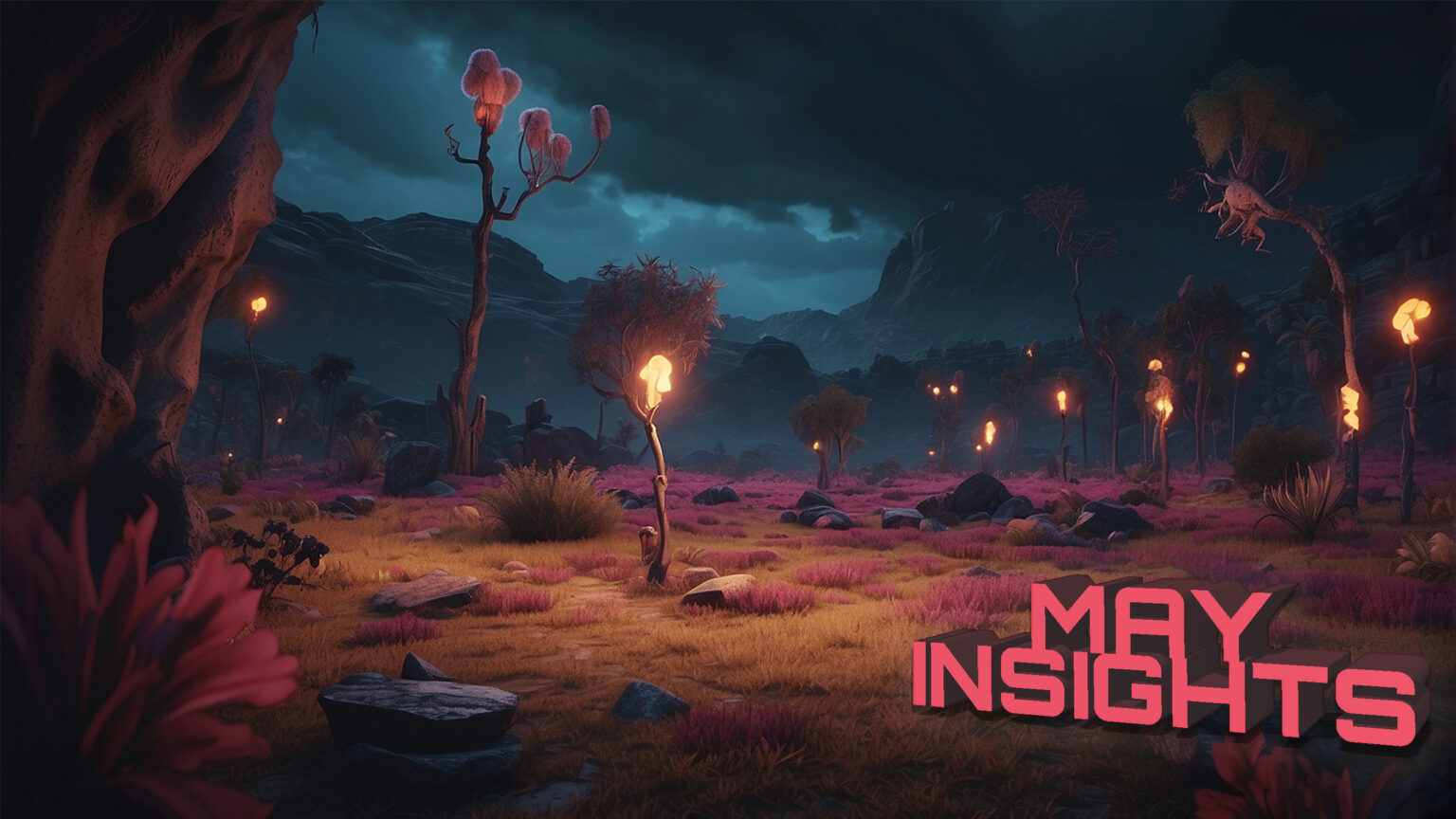The pre-production phase of game production is a critical stage in the development process that lays the foundation for the entire project. It is during this phase that the game’s concept is shaped, key decisions are made, and the overall vision for the game is established. This stage is crucial as it sets the direction for the rest of the production process and can greatly impact the success of the final product. In this article, we will explore the various aspects of the pre-production phase, including its purpose, key components, and the importance of effective planning and communication. Whether you are an aspiring game developer or simply curious about the behind-the-scenes of game production, this article will provide you with valuable insights into the crucial first steps of bringing a game to life.
- Introduction to the Pre-Production Phase
Pre-production is the stage where game ideas are born and fleshed out. It involves extensive planning and preparation, setting the stage for the development of the game. This phase is crucial because it lays the groundwork for the design, development, and post-launch phases, ensuring that the project is well-defined and strategically planned to avoid missteps and costly revisions later.
- Creating the Concept for the Game
The game concept is the seed from which the entire project grows. During pre-production, creative teams engage in brainstorming sessions using techniques like SCAMPER (Substitute, Combine, Adapt, Modify, Put to another use, Eliminate, and Reverse) and “What If” analysis to explore and expand upon initial ideas. This creative process is vital for establishing a game’s unique selling proposition and aligning it with market expectations.
- Defining the Game’s Target Audience
Identifying the target audience early in the process is essential for tailoring the game design to meet their preferences and expectations. This demographic research influences many aspects of game design, including complexity level, aesthetics, narrative style, and user interface design. Knowing the audience helps in creating a more engaging and commercially successful game.
- Initial Game Design Document
The Game Design Document (GDD) is a comprehensive outline that captures all significant aspects of the game, such as gameplay mechanics, storyline, characters, settings, user interface, and art style. This document serves as a reference point for all team members and helps maintain consistency throughout the development process. An effective GDD is dynamic and evolves as new insights and revisions arise during the game development cycle.
- Story and Narrative Development
Story and narrative are pivotal in creating an engaging game experience. Techniques like the three-act structure, hero’s journey, or branching narratives are used to construct compelling storylines that resonate with players. Collaborative efforts between writers, designers, and artists ensure that the narrative seamlessly integrates with gameplay and visual elements, enhancing the immersive experience of the game.
- Art Direction and Visual Style
The visual style and art direction give the game its unique visual identity. Decisions made during this stage affect everything from character design to environment textures, setting the tone and mood of the game. Collaborations among artists, designers, and directors are crucial to ensure that the game’s visuals align with the narrative and gameplay mechanics.
- Technical Requirements and Limitations
Assessing technical requirements and limitations is critical to ensuring that the game can be developed within the existing technology and resource constraints. This includes choosing the right game engine and software tools that can handle the game’s complexity and deliver the desired artistic vision while staying within budget and schedule constraints.
- Creating a Production Timeline
Developing a detailed production timeline during pre-production helps in managing deadlines and expectations throughout the project. This timeline should include key milestones, such as the completion of the GDD, prototype development, and testing phases. Effective timeline management is crucial for keeping the project on track and within budget.
- Resource Allocation and Budgeting
Resource allocation and budgeting involve determining the financial, human, and technical resources necessary to complete the project. Accurate budgeting ensures that sufficient resources are available to achieve the project goals without overextending the project’s financial limits.
- Team Collaboration and Communication
Effective communication and collaboration are essential for the success of any game development project. Utilizing collaboration tools such as Slack, Jira, and Confluence facilitates clear communication and efficient workflow management, ensuring that everyone on the team remains informed and engaged throughout the development process.
FAQs
Q: What is the most crucial aspect of pre-production in game development?
A: The most crucial aspect is the creation and continual refinement of the Game Design Document (GDD), as it serves as the roadmap for the entire project.
Q: How do you effectively define the target audience for a game?
A: Defining the target audience involves market research to understand the preferences, gaming habits, and demographic details of potential players, which guides the design and marketing strategies.
Q: What are some effective brainstorming techniques for game development?
A: Techniques like mind mapping, role storming, and the use of story cubes are effective for generating and expanding creative ideas.
Q: What tools are essential for team collaboration in game development?
A: Tools like Slack for communication, Trello fortask management, and Jira for project management are vital for maintaining organized, effective communication and collaboration across game development teams. These tools help manage tasks, streamline processes, and ensure that all members have access to the latest updates and documents necessary for their work.
Q: How does defining a game’s art direction impact its development?
A: The art direction influences the visual appeal and player immersion. It sets the visual standards and guidelines that unify the game’s aesthetic, ensuring that all visual elements contribute coherently to the game’s overall theme and mood.
Q: What challenges might arise during the pre-production phase?
A: Common challenges include scope creep, where the project’s requirements expand beyond the original plans, misalignment between different departments, and underestimation of time and resources needed for tasks. Effective planning, communication, and the flexibility to adapt to new information and changes are crucial for overcoming these challenges.
Q: How important is narrative development in games?
A: Narrative development is extremely important, especially for games where story plays a central role in player engagement. A well-crafted narrative can significantly enhance the emotional depth and connection players feel with the game, driving engagement and retention.
Q: Why is budgeting considered a critical step in pre-production?
A: Budgeting is critical because it ensures that the project can be completed within its financial means. Proper budgeting helps avoid financial oversights and ensures that adequate funds are allocated for all phases of development, which is vital for the project’s continuation and success.


